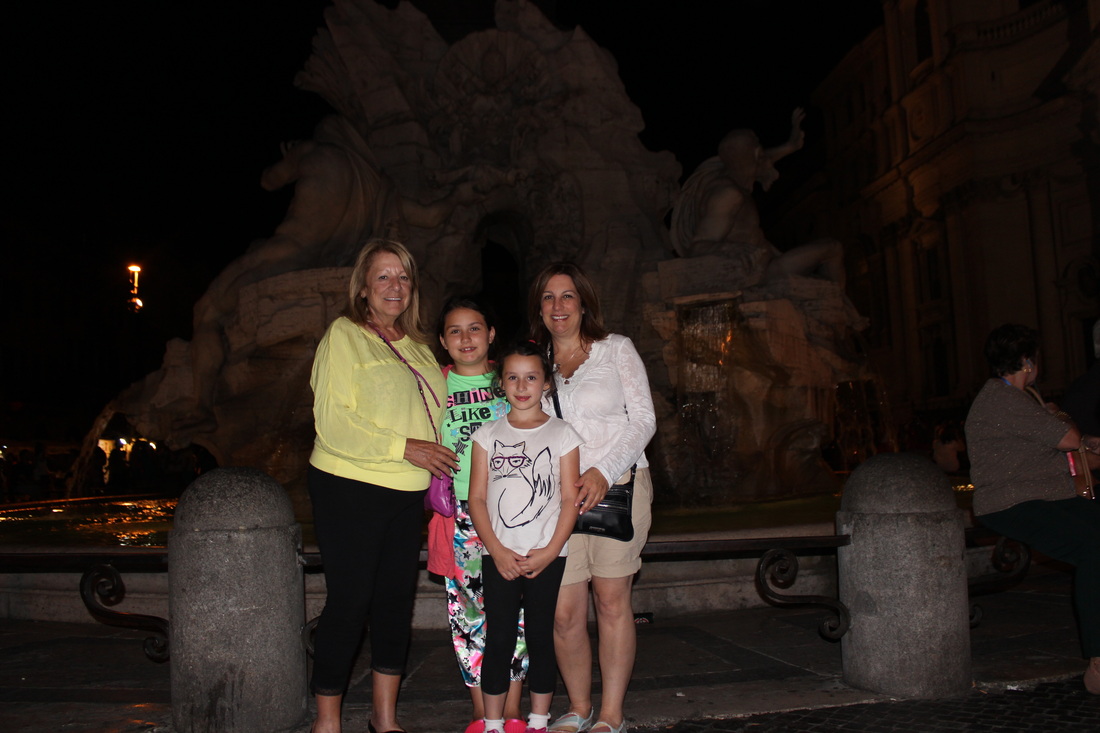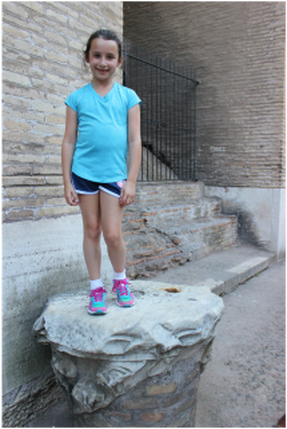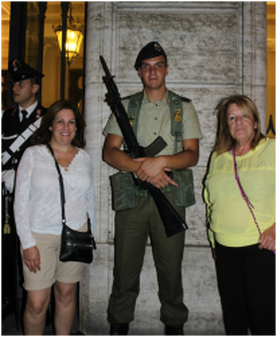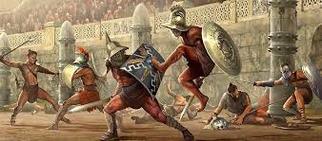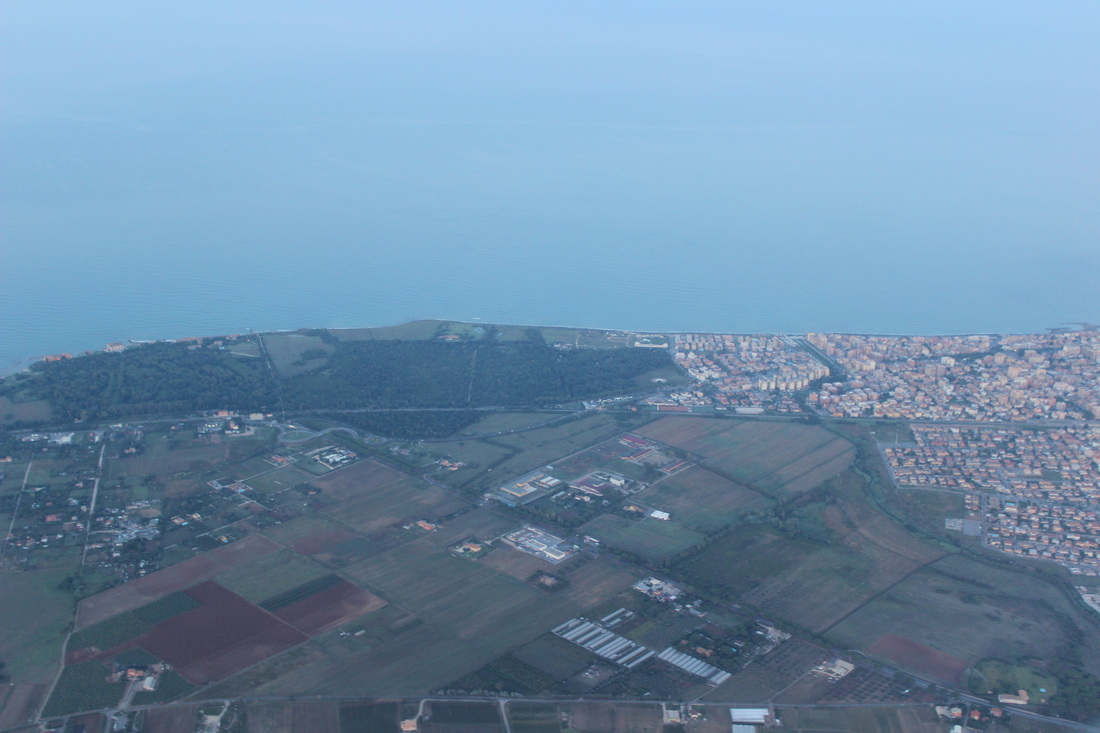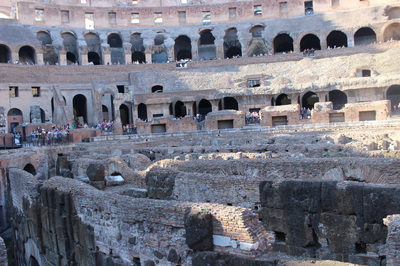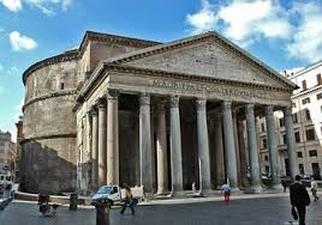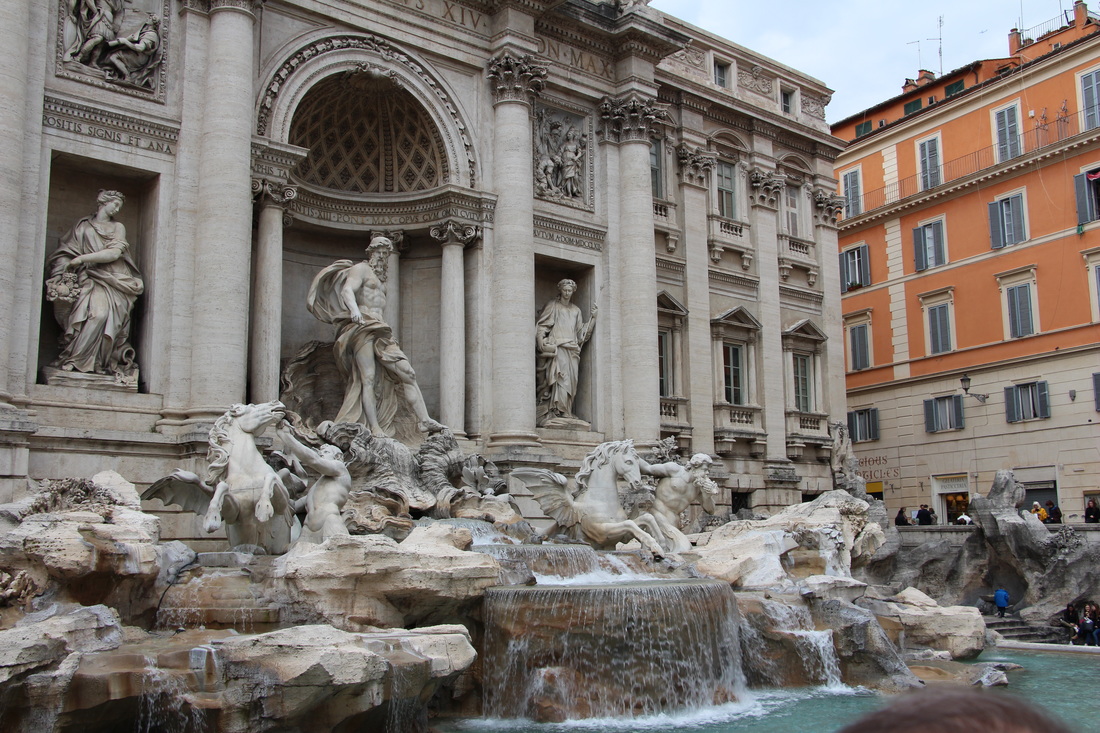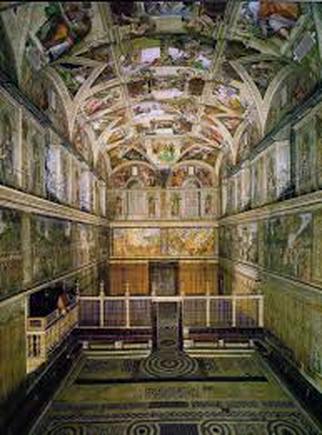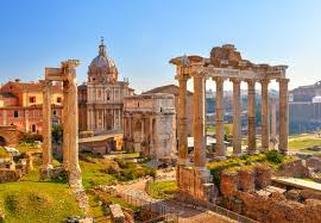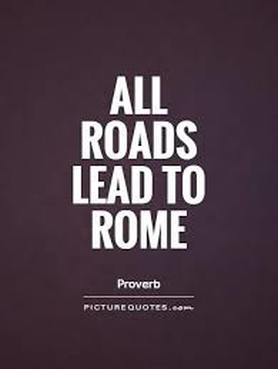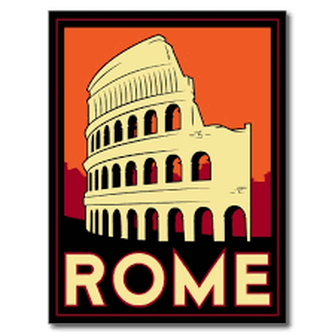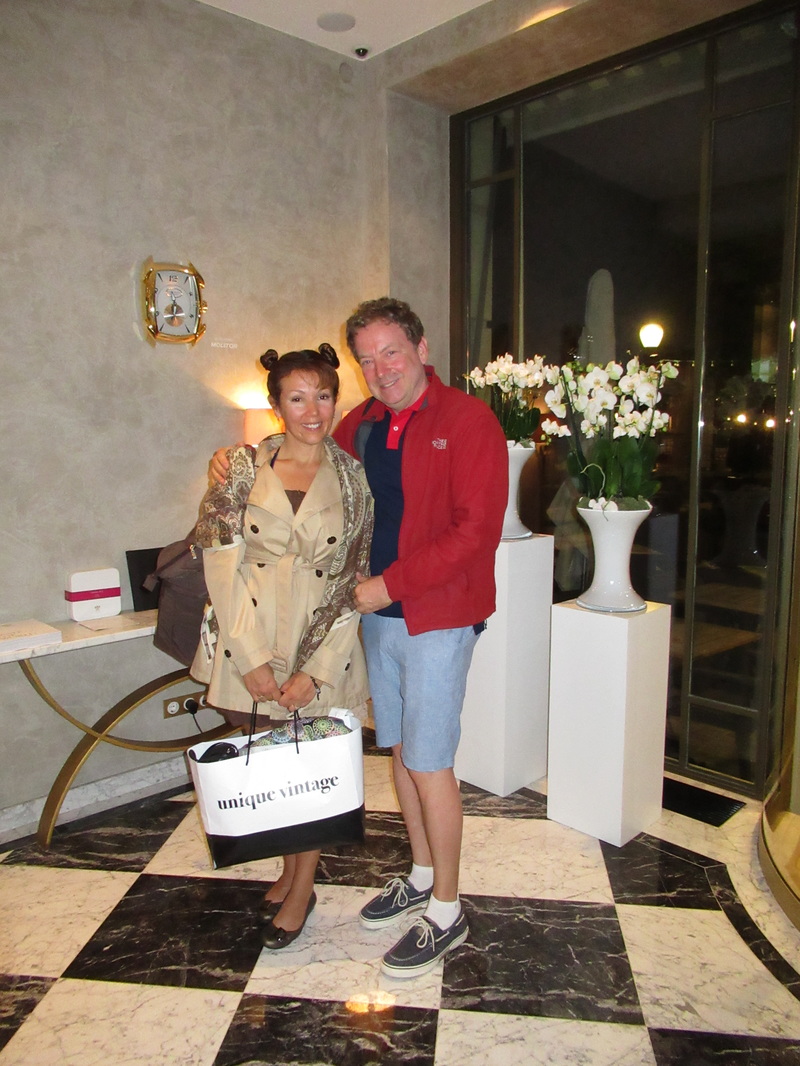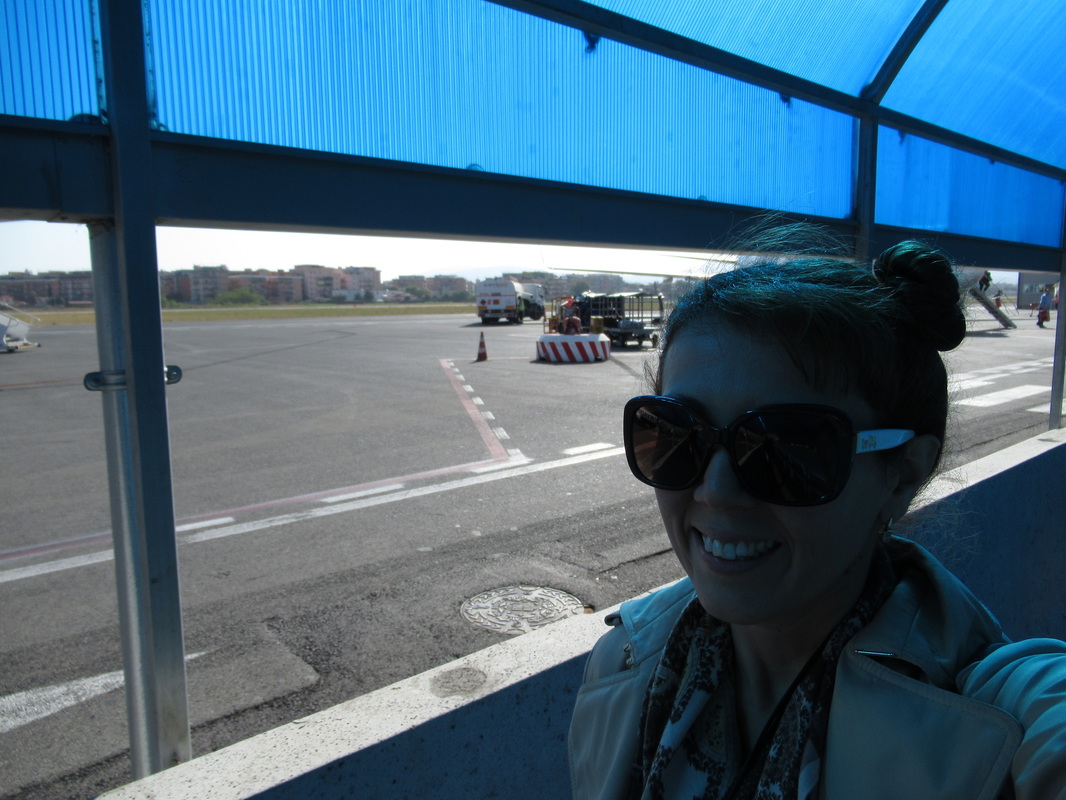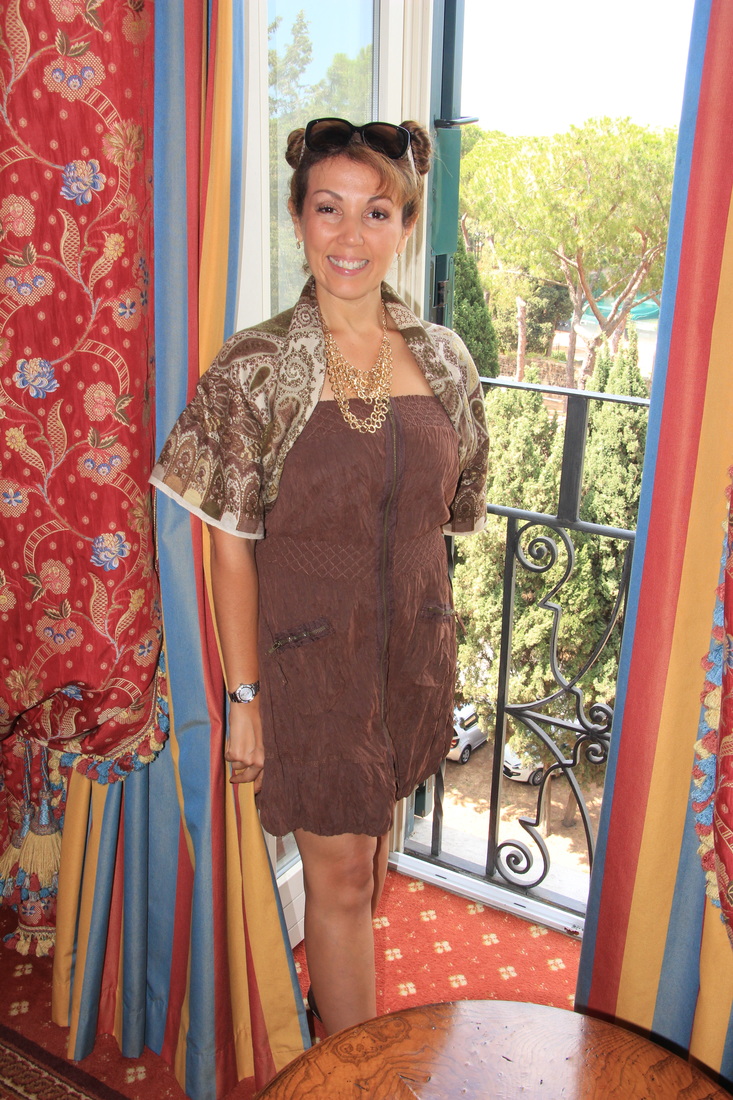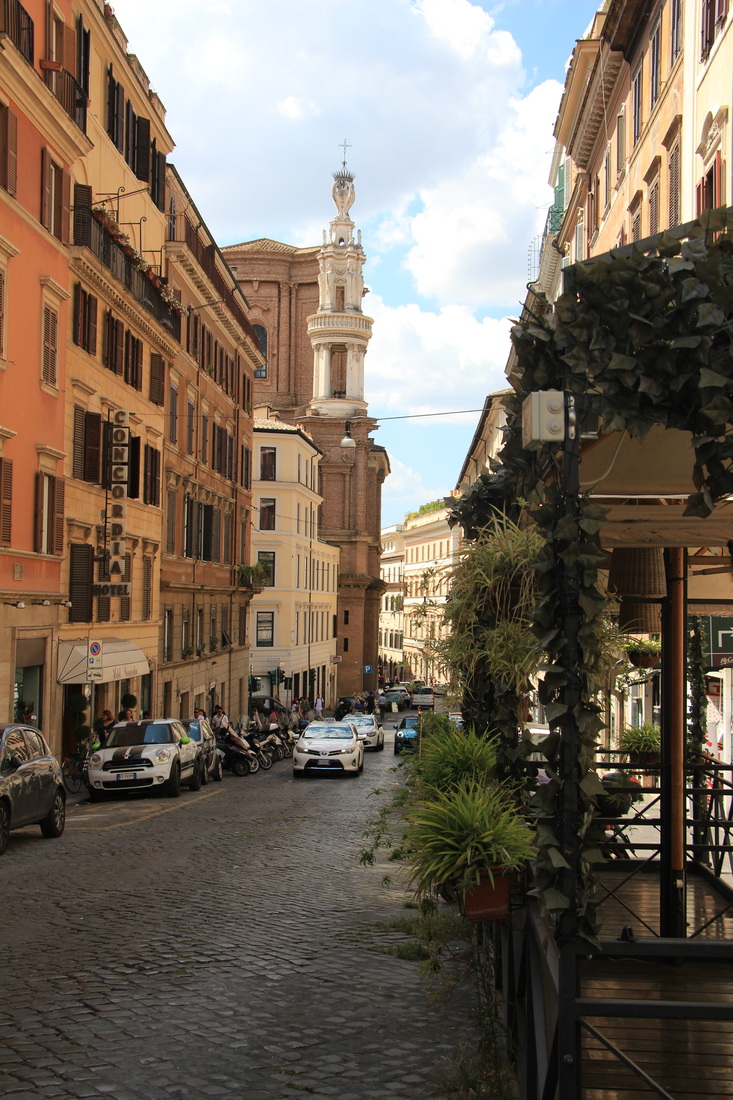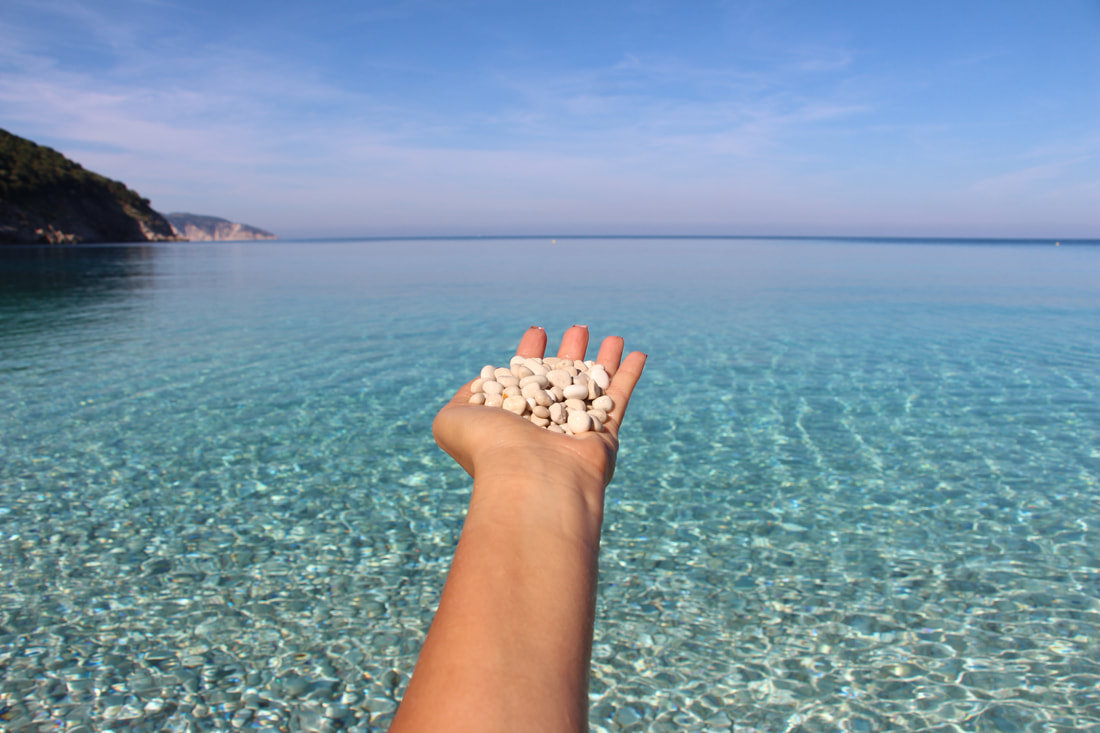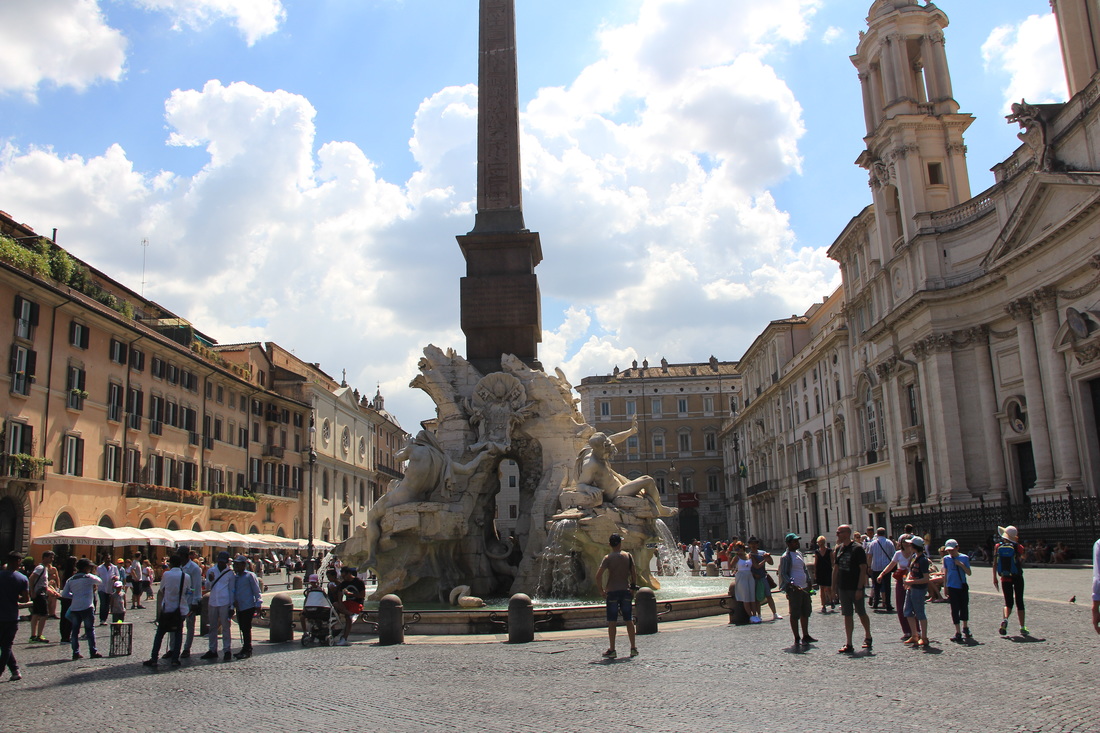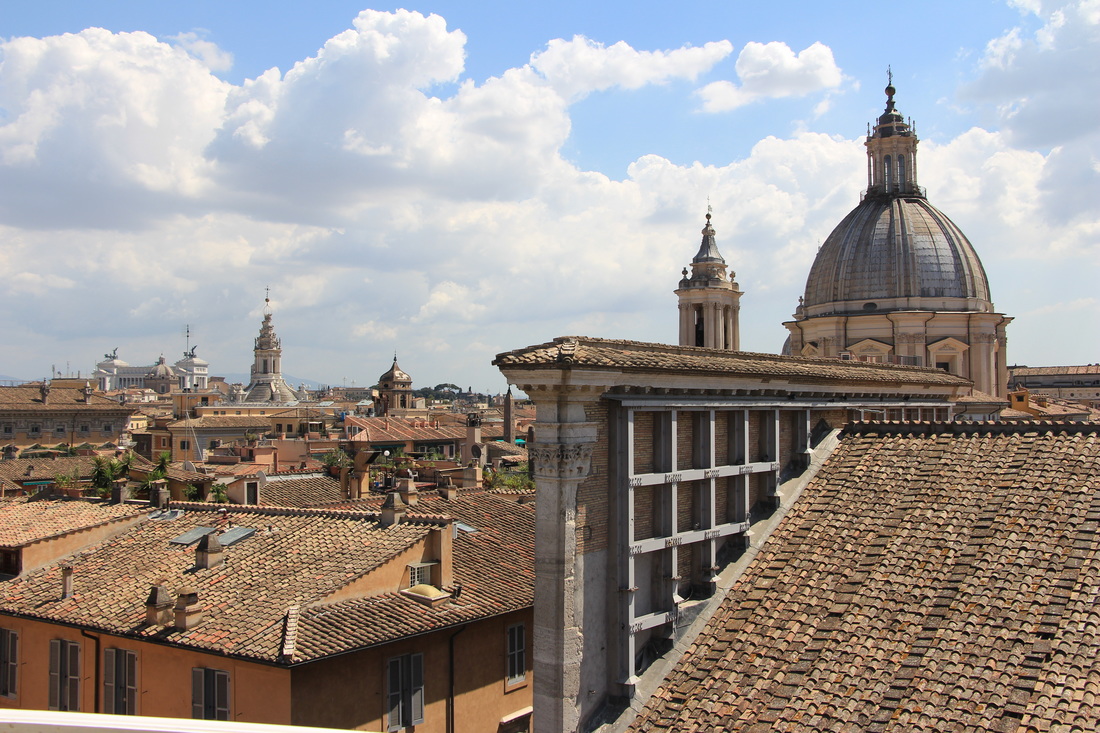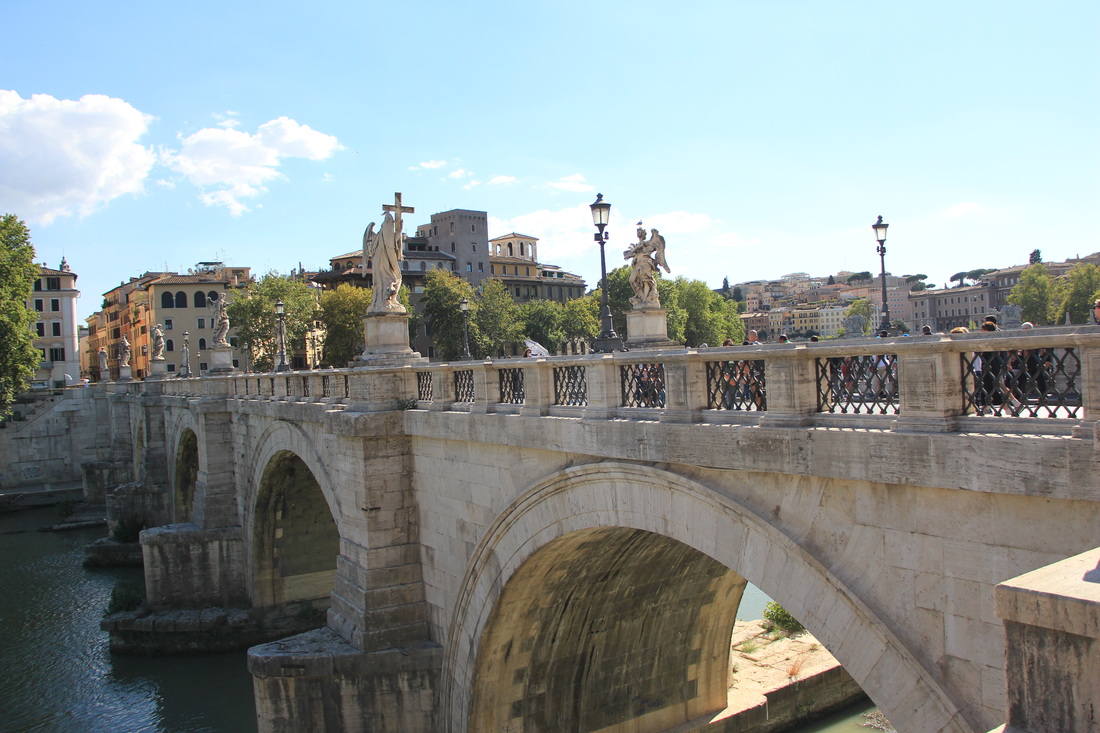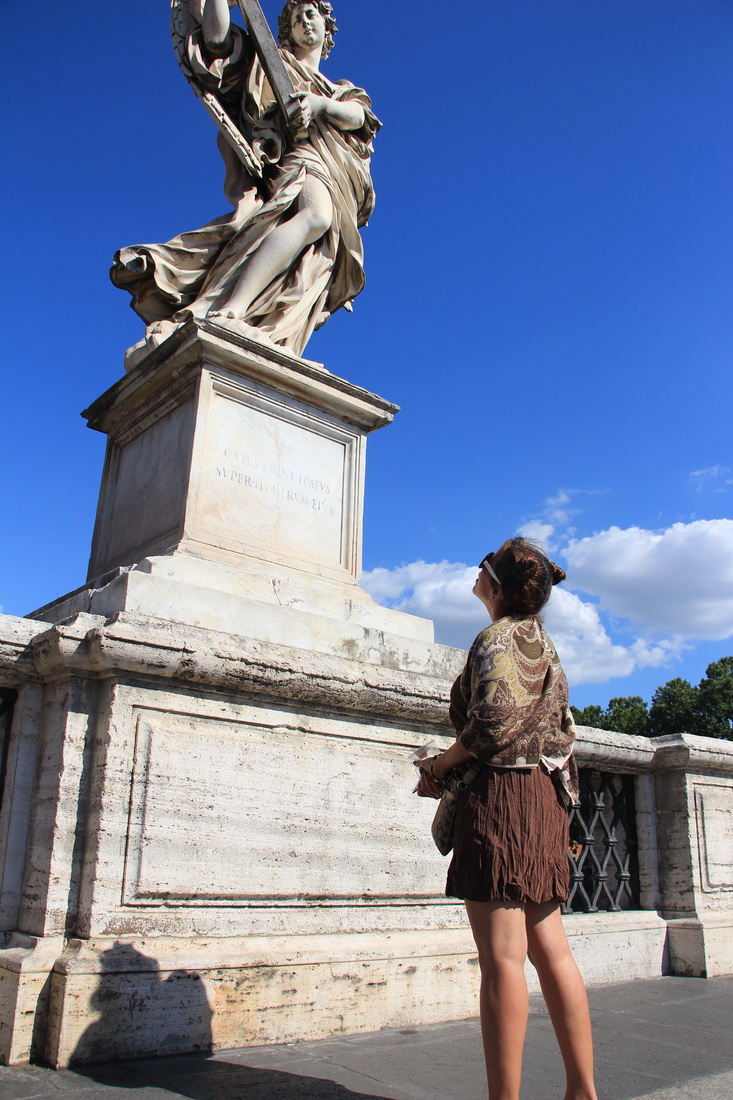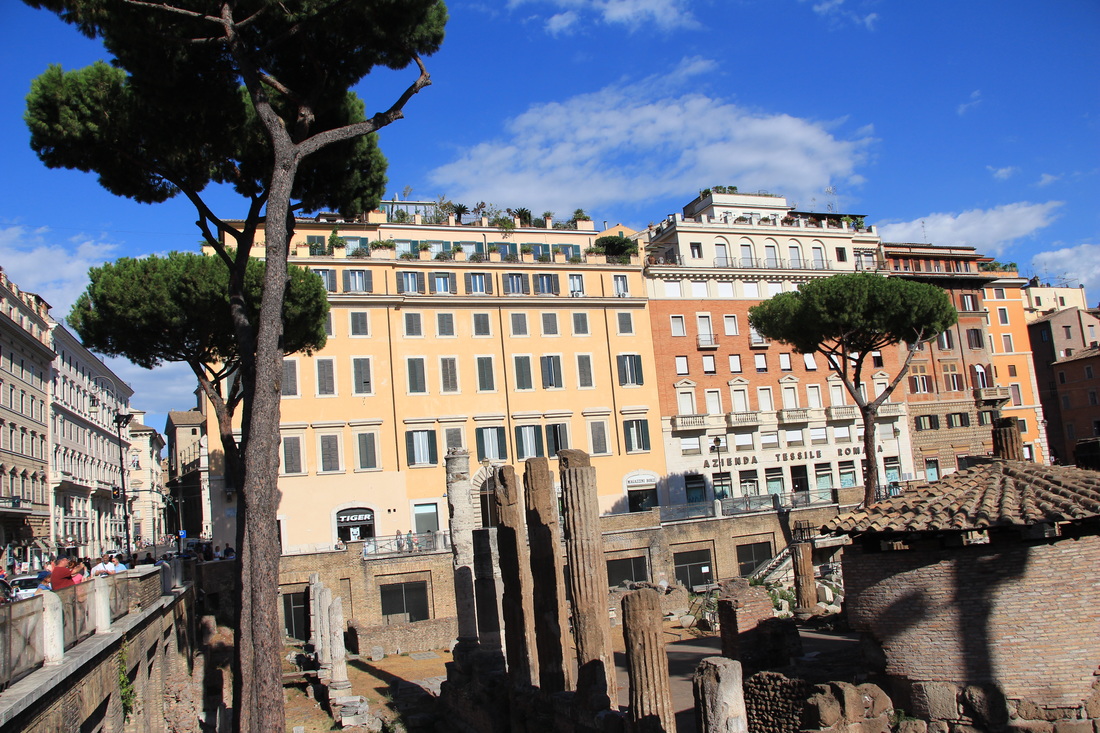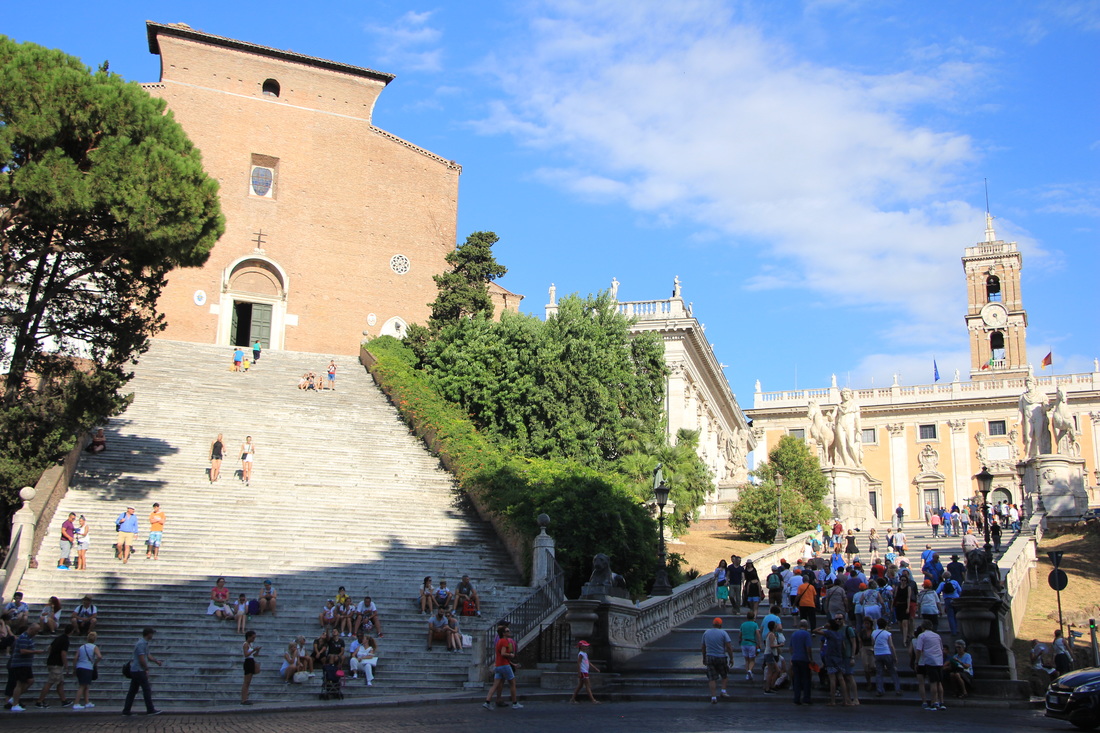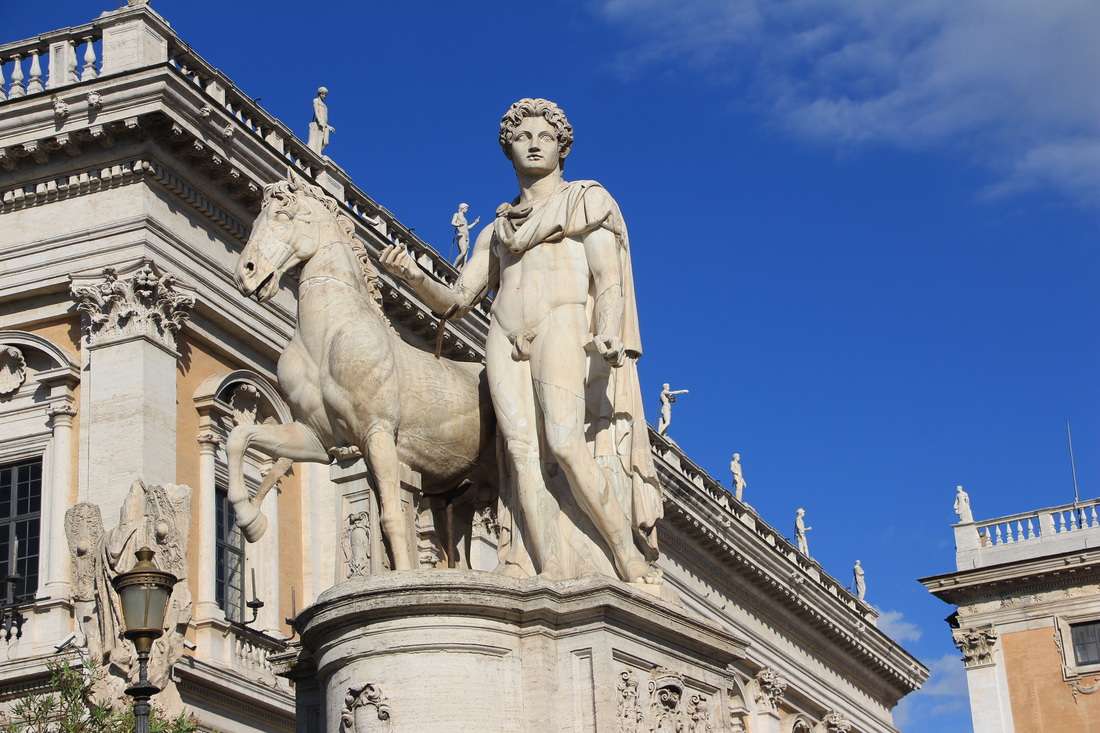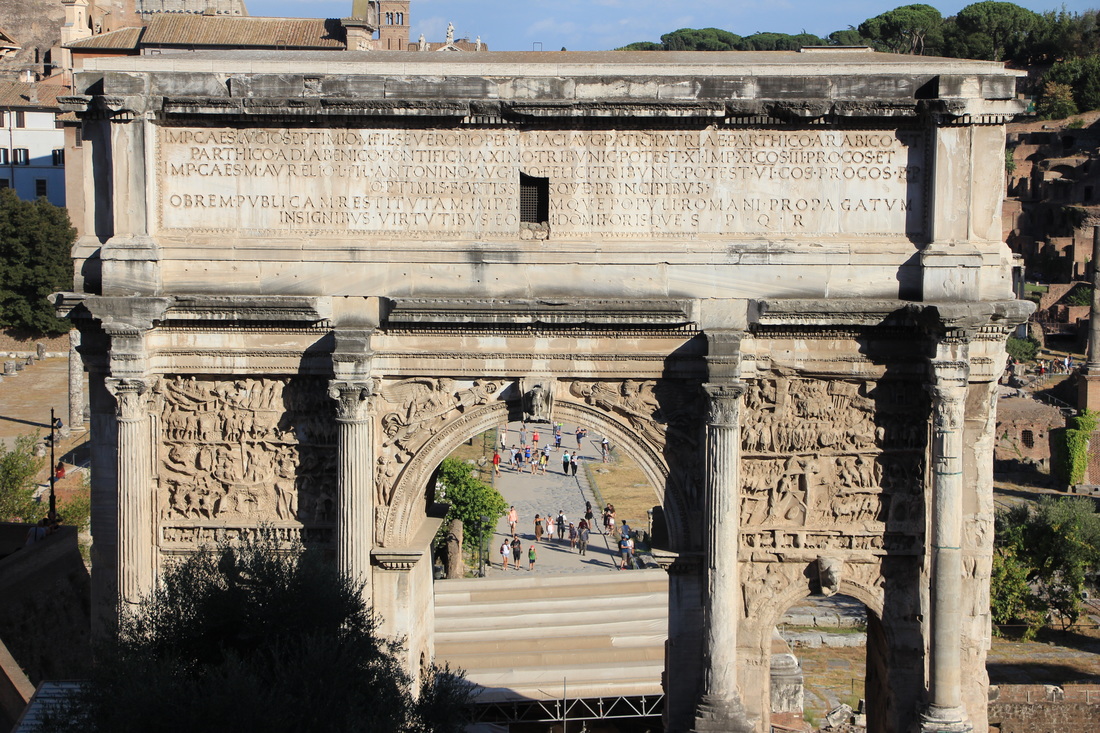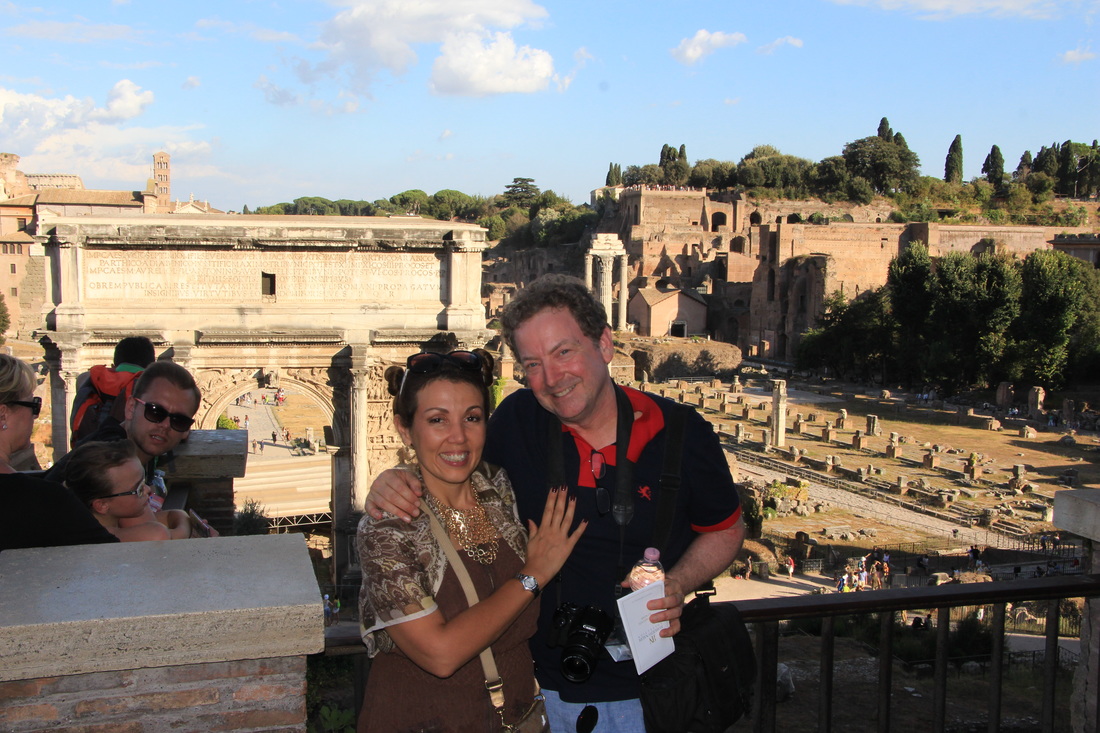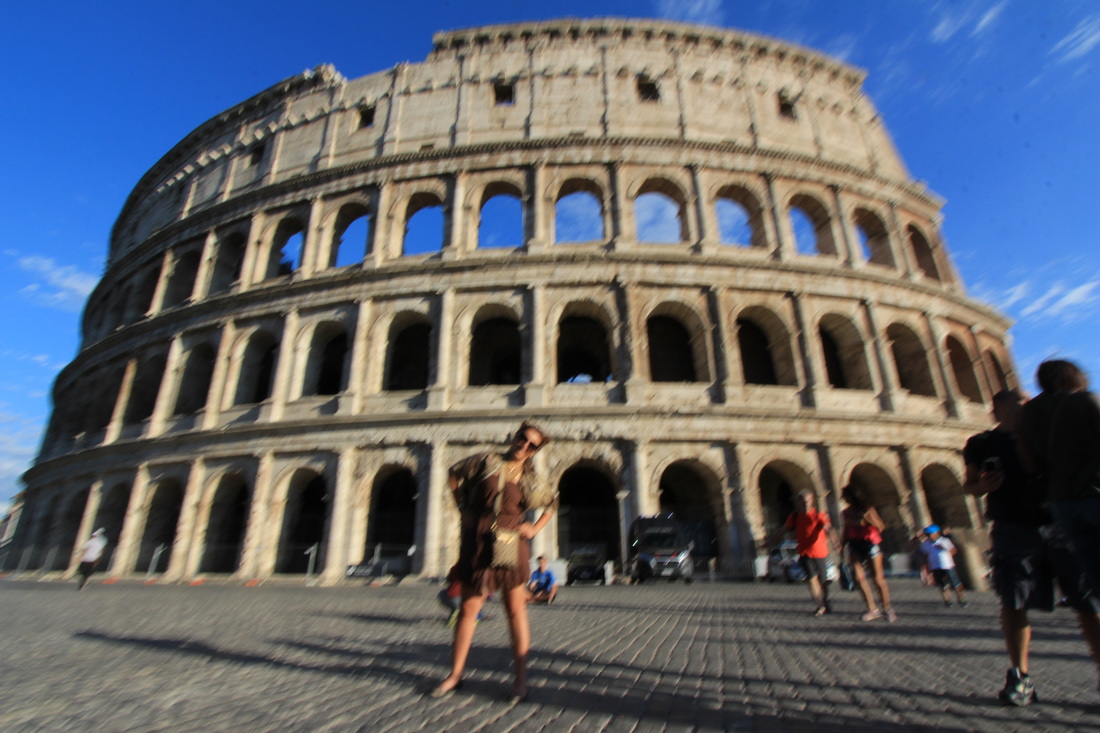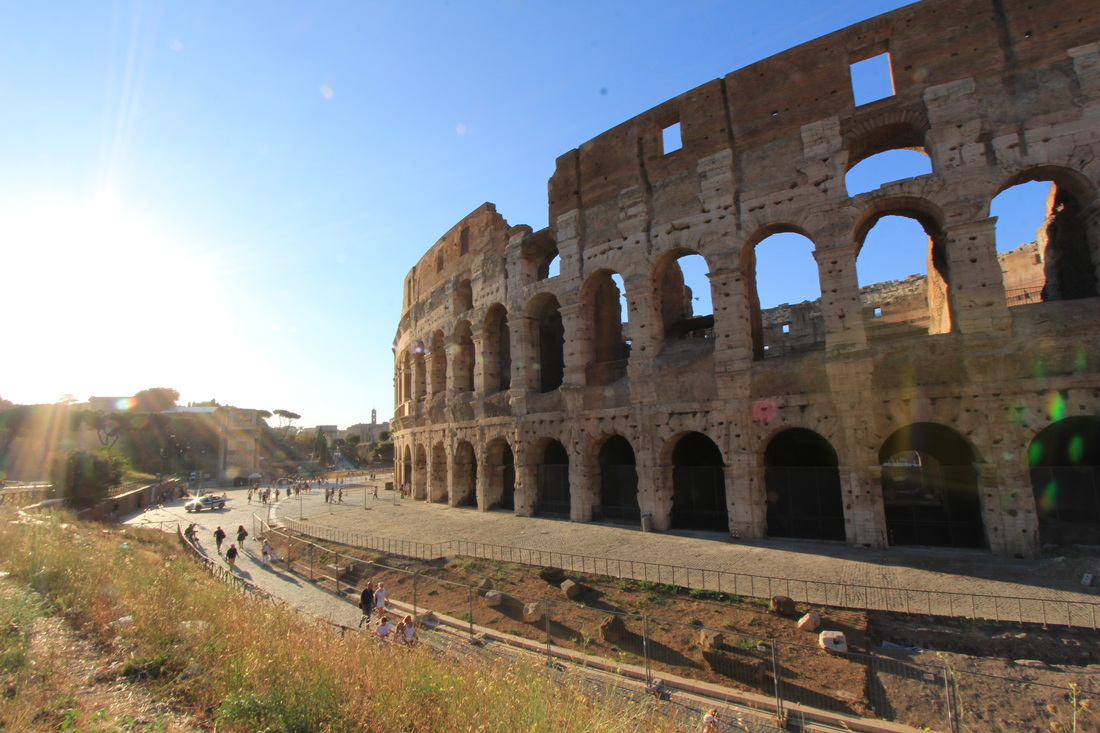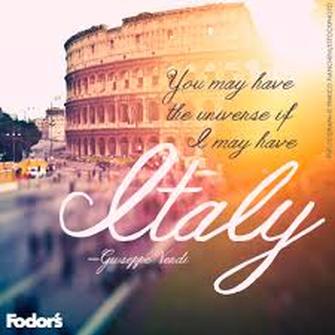Elisa's Daily Scoop Roman HolidayHowdy doody Tuesday! And a beauty of a day it is! The week is moving along and so is Tanya's Magical Anniversary Trip. Today she is in the Eternal City, Rome! Have you been there yet? Well, my first visit to Rome was two years ago, along with my little girlies. I will admit, it was a bit hot, so I'm sure Tanya is currently feeling the August heat in our "homeland." Here are a few memories of that trip as well as my day at one of the most iconic of all locations in Rome, The Colosseum. CLICK HERE for all the details!! Rome is an incredible city! So much history, so many amazing places. For instance, Did you know... Gladiator blood was recommended by Roman physicians to aid various ailments, including epilepsy and infertility. I thought it would be interesting to tell you about the top five most visited places in Rome and a few facts about each. So, here goes... The 5 Most Visited Places in Rome #1 The Colosseum 4 million tourists a year * The Colosseum was commissioned around A.D. 70-72 by Emperor Vespasian of the Flavian dynasty as a gift to the Roman people. * In A.D. 80, Vespasian’s son Titus opened the Colosseum–officially known as the Flavian Amphitheater–with 100 days of games, including gladiatorial combats and wild animal fights. * The Colosseum was in active use for four centuries. * Archaeologists believe that the Colosseum contained both drinking fountains and latrines. * The Colosseum had seating for more than 50,000 spectators. * The vast majority of the combatants who fought in front of Colosseum audiences in Ancient Rome were men, although there were some female gladiators and they were either slaves, condemned criminals or prisoners of war. #2 Pantheon 3.75 million tourists a year * The Pantheon is a building in Rome, Italy, on the site of an earlier building commissioned by Marcus Agrippa during the reign of Augustus. * The present building was completed by the emperor Hadrian and probably dedicated about 126 AD. * The Pantheon was originally built as a church dedicated to St. Genevieve and to house the reliquary châsse containing her relics but, after many changes, now functions as a secular mausoleum containing the remains of distinguished French citizens. * The inscription above the entrance reads AUX GRANDS HOMMES LA PATRIE RECONNAISSANTE ( "To great men, the grateful homeland"). * A few of those buried in The Pantheon include Voltaire (1791), Victor Hugo (1885) and Louis Braille (1952). #3 Trevi Fountain 3.5 million tourists a year * The Fontana di Trevi - or Trevi Fountain in English -is a fountain in Rome, Italy. * It is the largest Baroque fountain in the city at 86 feet high and 161.3 feet wide, it is the largest Baroque fountain in the city. * A traditional legend holds that if visitors throw a coin into the fountain, they are ensured a return to Rome. * The Trevi Fountain was designed by Italian architect Nicola Salvi and completed by Pietro Bracci and one of the most famous fountains in the world. * The fountain has appeared has appeared in several notable films, including Federico Fellini's La Dolce Vita. * The Trevi Fountain is situated at the end of the Aqua Virgo, an aqueduct constructed in 19 BC by Agrippa, the son-in-law of Emperor Augustus. #4 Sistine Chapel 3 million tourists a year * The Sistine Chapel is a chapel in the Apostolic Palace, the official residence of the Pope, in Vatican City. * Originally known as the Cappella Magna, the chapel takes its name from Pope Sixtus IV, who restored it between 1477 and 1480. * The chapel is a high rectangular building, for which absolute measurements are hard to ascertain, as available measurements are for the interior: 134 feet long by 44 feet wide, the dimensions of the Temple of Solomon, as given in the Old Testament. * Painted by a young sculptor named Michelangelo, the majestic ceiling frescoes adorning Rome's Sistine Chapel were unveiled on November 1, 1512 to the public. * Contrary to popular belief, Michelangelo painted the Sistine Chapel in a standing position. #5 The Roman Forum 2.5 million tourists a year * The Roman Forum is a rectangular forum surrounded by the ruins of several important ancient government buildings at the center of the city of Rome. * Citizens of the ancient city referred to this space, originally a marketplace, as the Forum Magnum, or simply the Forum. * It was for centuries the center of Roman public life: the site of triumphal processions and elections; the venue for public speeches, criminal trials, and gladiatorial matches. * Many of the oldest and most important structures of the ancient city were located on or near the Forum. * The Roman kingdom's earliest shrines and temples were located on the southeastern edge, which included the ancient former royal residence, the Regia (8th century BC), and the Temple of Vesta (7th century BC), as well as the surrounding complex of the Vestal Virgins, all of which were rebuilt after the rise of imperial Roman Empire. Tomorrow, we'll take another look at Rome - it will be a surprise. Here's a hint -- it's W2GW, so it will be local places and tours within the Eternal City. On my way to start my day! -E xoxo | Tanya's Daily Scoop |

